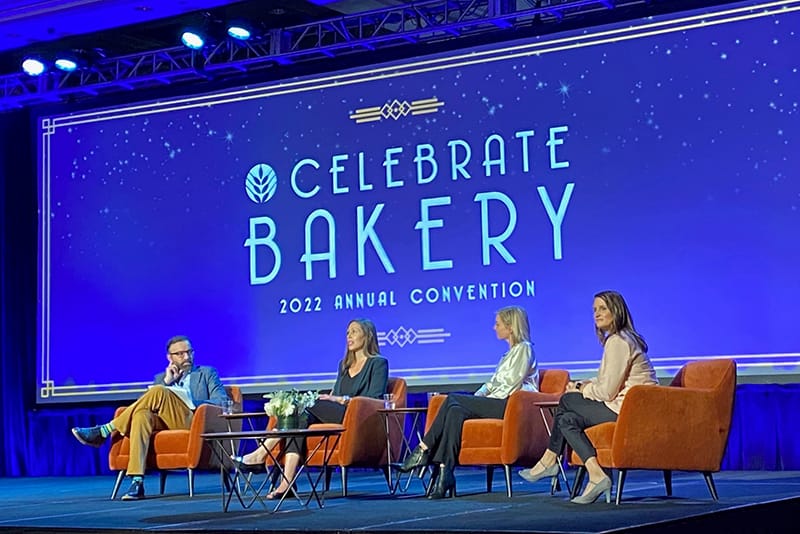PALM SPRINGS, CA —Something’s afoot online: The digital shelf is crowded, but, at the same time, it’s shrinking. And while about a quarter of shoppers may never even step back inside a brick-and-mortar store, some digital consumers are overstimulated and getting claustrophobic.
This is important for commercial bakers … and not just because “bread” is the third highest searched term on Instacart.
E-commerce is hitting foodservice distribution as well, and that’s a total disruption in the world of broadliners. FoodServiceDirect.com distributes nationally out of one centralized location that uses “virtual inventory.” It gives foodservice providers a one-stop shop to browse not only what’s currently available, but also what a supplier is capable of producing
No matter how a bakery manufacture sells today, clicks and taps are just as important as the five senses.
In many ways, the digital and omnichannel landscape has become like the Wild West, with emerging and mature brands scrambling for the click and collect in any way they can get it. At the American Bakers Association’s annual convention, held March 27-30, a panel of e-commerce experts gathered to discuss smart strategies for closing the loop between the search and the purchase.
Omar Haque, VP/GM and head of eCommerce Acelerada for Bimbo Bakeries USA, joined Amanda Alexan, director of business development for Food Service Direct, a division of Unilever Food Solutions; Kasey Jamison, senior director of sales, large customer category, for Instacart; and Jonna Parker, principal for IRI’s Fresh Center of Excellence.
“There’s a misconception that the online shelf is endless,” Haque said. “It’s true that you can search for any category on Amazon, Walmart or Instacart and get thousands of results, but in reality, the digital shop is much smaller.”
The online barrier to entry is low, which is why the space is so crowded, but that doesn’t immediately hand an advantage to the incumbents, Haque cautioned.
“Brands have to talk to the consumer,” he said. “You have to have a language the consumer speaks and tell the story as to why they need to buy your product. Just because you own the shelf in-store doesn’t mean you automatically get the online display.”
The critical point is what Haque called “the zero moment of truth.” That’s the purchase conversion, but getting there requires more finesse than at brick-and-mortar.












